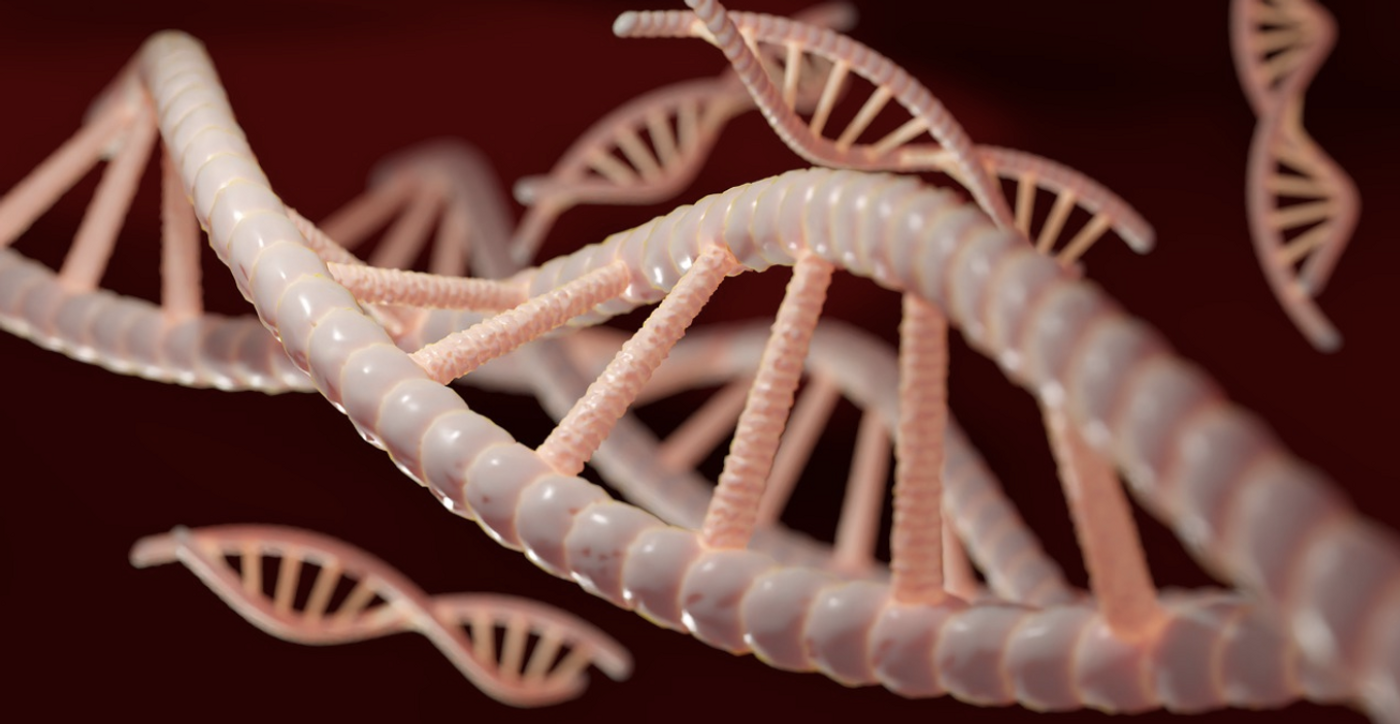Improved Genetic Technologies Find Elusive Genetic Mutations
Some genetic diseases are caused by inborn errors - genetic mutations that we're born with and that end up in every cell in the body. Others, however, are caused by genetic mutations that arise during our life; somatic mutations only appear in some cells or tissues that are not germ-line, or passed down to the next generation. Now, researchers have developed a new method for identifying somatic genetic mutations that only happen in a small number of cells or in one type of tissue, called nanorate sequencing (NanoSeq).
This work may help reveal a lot more about mutations that drive cancer, and help us understand the impact of genetic changes that only happen in one type of tissue in the body. This research has been reported in Nature.
Many cells in the body divide throughout our lifetime, replenishing cells that are damaged, or that have accumulated genetic mutations as the genome is duplicated during cell division. But there are plenty of cell types that don't divide that often or at all. Those cells can acquire mutations as well. This research is challenging the notion that most genetic changes occur during cell division.
While cells can fix errors that occur during cell division, some slip by the repair machinery and end up in the genome as somatic mutations. There is redundancy in the genetic code, however, and many times those mutations have very little or no effect. But sometimes mutations occur in critical genes, such as those that regulate cell division or suppress tumor growth. Mutations in genes like that can lead to cancer.
The tool was based on a method called duplex sequencing. The researchers checked its data and found that the errors it made tended to occur at the ends of DNA fragments. Other problems indicated that the preparation of the DNA for duplex sequencing needed improvement. The researchers were able to make those changes, and they achieved much more accurate sequencing data.
Scientists have learned more about the mutations that can promote cancer, especially as genetic technologies have improved. In this work, the researchers used NanoSeq to analyze tissue samples They compared mutation rates and patterns in stem cells and cells that don't divide in various types of tissues. The researchers found that slowly dividing blood stem cells and rapidly dividing blood progenitor cells had similar mutation levels, suggesting that in blood cells, somatic mutations are not necessarily due to cell division.
The investigators also found that muscle cells that only divide rarely and neurons that don't divide at all both pick up mutations throughout life at about the same rate as blood cells.
"It is often assumed that cell division is the main factor in the occurrence of somatic mutations, with a greater number of divisions creating a greater number of mutations. But our analysis found that blood cells that had divided many times more than others featured the same rates and patterns of mutation," said first study author Dr. Federico Abascal of the Wellcome Sanger Institute. "This changes how we think about mutagenesis and suggests that other biological mechanisms besides cell division are key."
This work can help researchers learn more about how carcinogens or somatic mutations can lead to cancer. Nanoseq only requires an easily obtained bit of sample as well, like a skin scrape or throat swab instead of a biopsy.
"The application of NanoSeq on a small scale in this study has already led us to reconsider what we thought we knew about mutagenesis, which is exciting. NanoSeq will also make it easier, cheaper, and less invasive to study somatic mutation on a much larger scale. Rather than analyzing biopsies from small numbers of patients and only being able to look at stem cells or tumor tissue, now we can study samples from hundreds of patients and observe somatic mutations in any tissue," noted senior study author Dr. Inigo Martincorena of the Wellcome Sanger Institute.
Sources: AAAS/Eurekalert! via Wellcome Trust Sanger Institute, Nature









